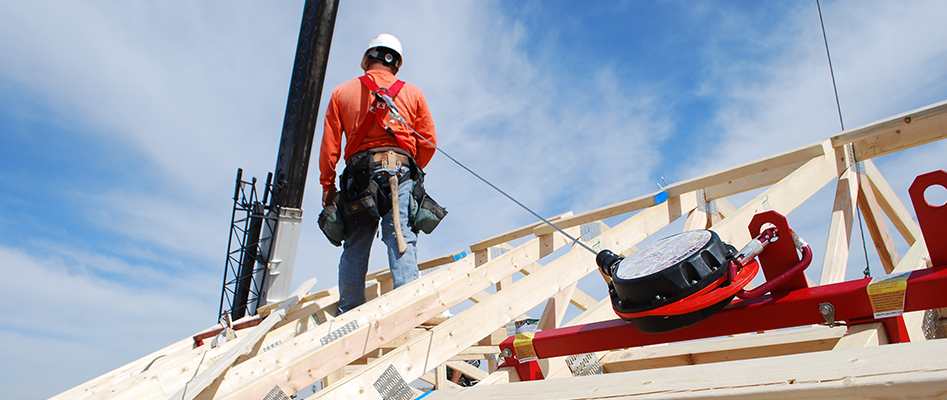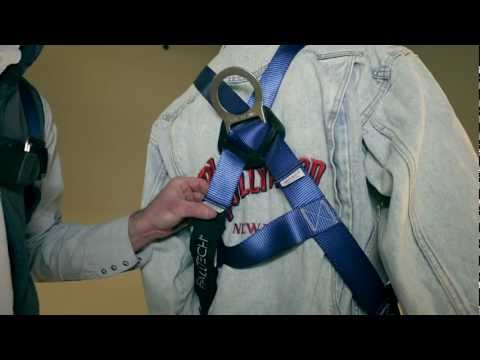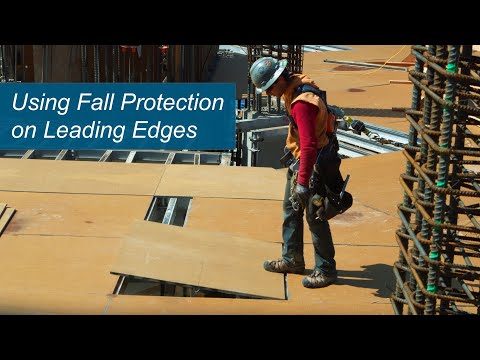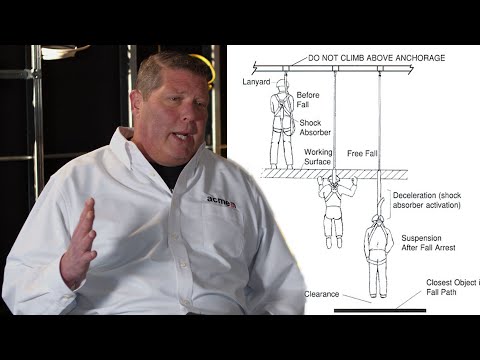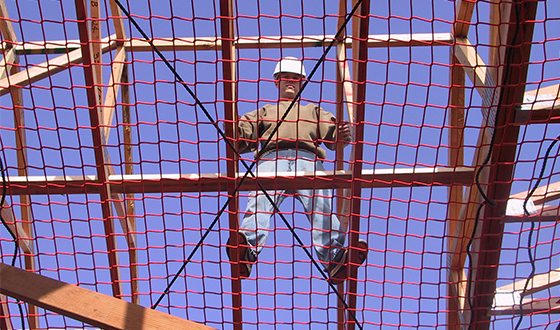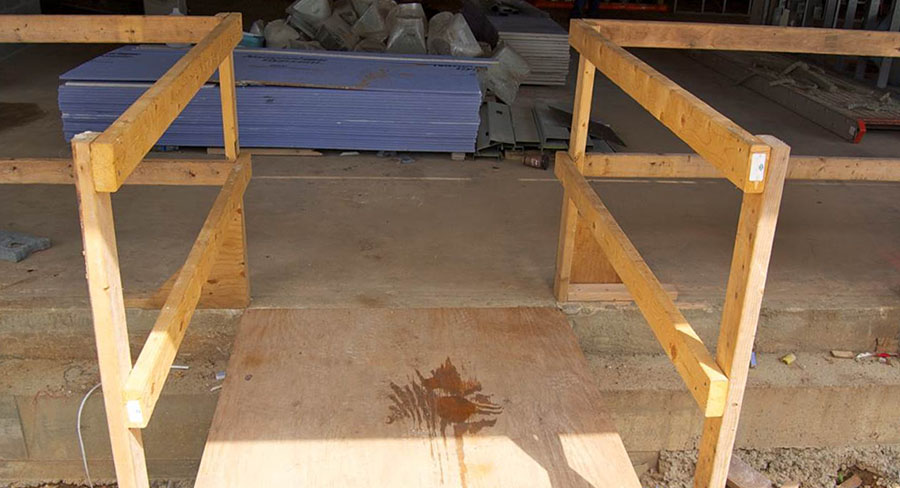The concepts of fall arrest and fall restraint are often discussed, and it appears that there is sometimes confusion between the two.
'Fall Restraint' prevents you from reaching a fall hazard
Fall restraint is akin to a dog on a leash. A fixed-length connector attached to an anchor point is positioned in a way that, even when fully extended, will prevent a person from reaching a hazardous area. If they're working near an edge, the fall restraint will not allow them to extend their feet or body beyond the edge, making it impossible to fall.
This system is designed to catch and protect a worker before a fall can occur. The strength requirements for the anchor points are not as demanding, the setup is simpler, training is easier, and rescue procedures are straightforward. In the event of a fall, while using fall restraint, one can simply stand back up since they remain on the same level they were working on.
Fall Arrest prevents you from reaching the ground
Transitioning to fall arrest, the components of the system remain inactive until a worker goes over the edge and starts falling. Once they're in mid-fall, these components function to halt descent before the worker hits a lower level or the ground. This means bringing the fall forces down to acceptable levels, as specified by OSHA (1800 pounds) or ANSI (either 900 or 1350 pounds on average, depending on the product). In Oregon, fall restraint requires anchors with a strength of three thousand pounds, while for fall arrest, five thousand pound anchors are needed. This adheres to a two-to-one safety factor. Beyond anchor strength, considerations must be made for rescue procedures after the fall. These procedures are more complex due to the potential for swing falls and varying descent lengths based on factors such as lateral displacement.
Preventing the fall may be better than preventing the impact
Comparing the two systems, fall arrest demands a higher level of training compared to fall restraint. The question to consider is whether you'd prefer to be stopped before falling over the edge or experiencing the sudden tightening of a harness upon arrest. Where feasible and within the framework of the hierarchy of controls, preventing the fall altogether seems advantageous. This approach is likely to be quicker, safer for employees, and ultimately more conducive to efficient work.
